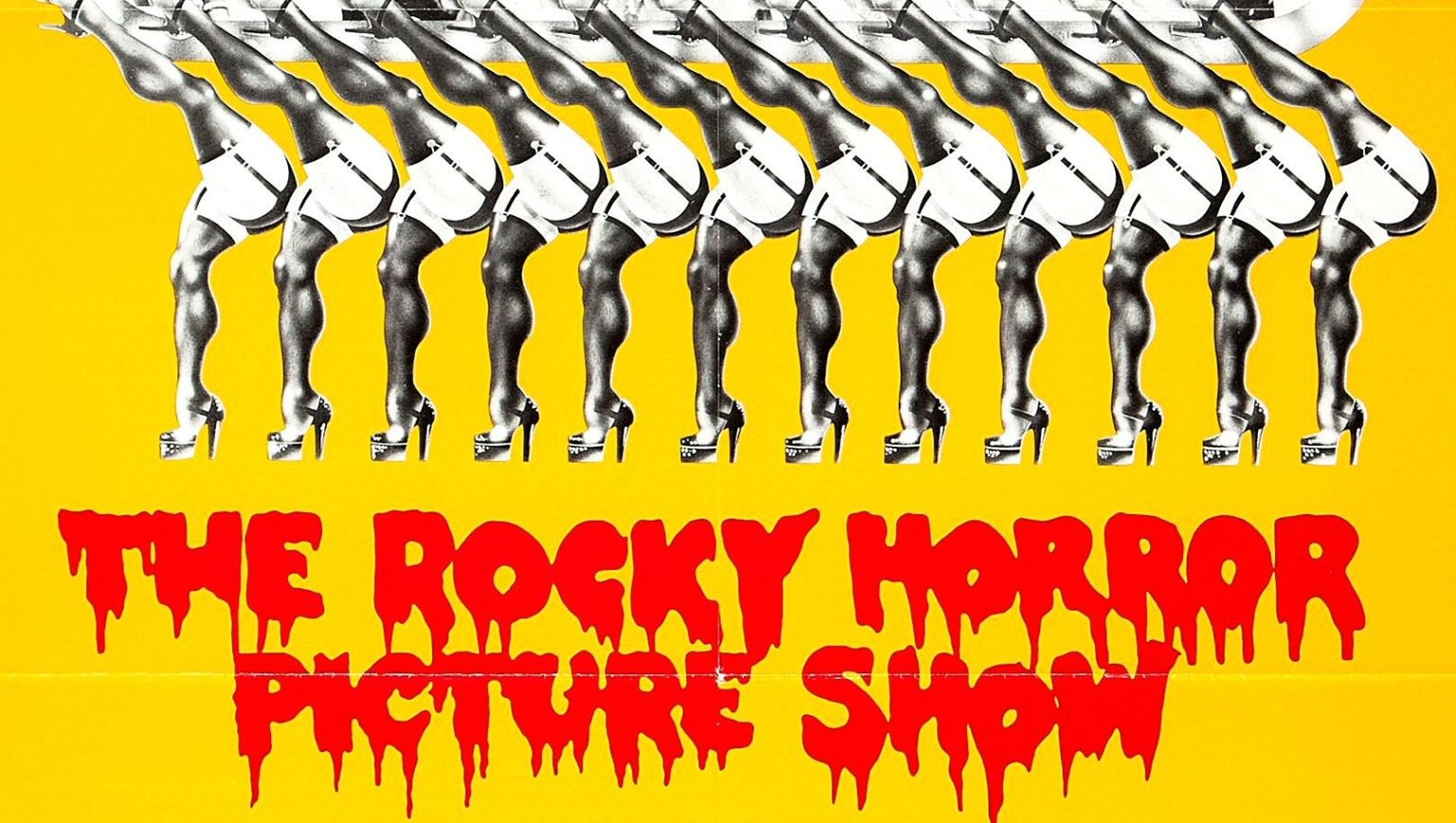There’s a reason you can’t stop your head boppin’ to block-rockin’ beats, and why you can’t get a catchy song’s hook out of your head. The Atlantic editor Derek Thompson lays down a spoken-word jam about the science behind music’s appeal. Derek Thompson’s latest book is Hit Makers: The Science of Popularity in an Age of Distraction.
Derek Thompson: One of the questions that I set out to answer in the book is, why do we like what we like in music? What makes music catchy? Where do “earworms” come from?
And to answer this really complex question I started with the simplest possible question, which is: what is music? Why does the brain process some sounds as cacophony and other sounds very clearly as song?
And to start to answer this question you have to go to Diana Deutsch. And she is a musicologist at the University of California San Diego. And Diana was listening to herself talk at her house one evening, and she put a sentence of hers on repeat and she realized if you take a bit of speech stream and you take a sliver of it and you start repeating it again, start repeating it again, start repeating it again, start repeating it again, start repeat –obviously you can sort of hear it if you’re listening that the brain suddenly starts to hear a melody in this repetition, and a rhythm and a beat, and it starts to hear that which was formally just speech as song.
And so what she would say, what I would say, is that repetition is the God-particle of music, it is the thing that distinguishes the cacophony of the world from that which we cannot help but recognize as music.
So that’s interesting, but it’s not an answer to the fundamental question, which is: what makes music catchy? Because if I go into a music studio and I say, “start repeating it again, start repeating it again” I’ll be laughed out of the studio immediately. So there has to be a repetition and variety. What is the scientific way to think about the balance?
And to answer that question you have to fly northeast from San Diego to Ohio State University in Columbus Ohio, where David Huron did this famous study involving mice where he played a note for a mouse, let’s call it a B note. And the mouse would turn its head like this. And he would play B again, and the mouse would turn its head. And he would play B-B-B and the mouse’s head is just doing this thing.
And eventually the mouse habituates, it learns to ignore the stimulus. And habituation is common in culture and life. We learn to ignore things that are too familiar.
But if instead at the very moment the mouse is about to habituate from the B note he instead plays a C note, the mouse attends to the C note and is dishabituated from the B note. So now he can go back to scaring the mouse with the B note.
And it turns out that if you want to scare a mouse for the longest period of time with the fewest number of notes there’s a very specific pattern that you play, and it goes: B-B-C-B-C-D note to habituate from both from the B and the C note.
And as I was reading this study and talking to David I thought, well if you take the letter “B” and you replace it with the word “verse” and you take the letter “C” and you replace it with the word “chorus “and you take the letter “D” and you replace it with the word “bridge,” you have the following song structure: verse-verse-chorus-verse-chorus-bridge, which is essentially the most common pop song structure of the 20th century.
So what seemed so fundamentally interesting to me about this idea is that this same formulaic relationship between repetition and variety that can scare a mouse in a laboratory setting also makes us attend to Top 40 radio in cars.
But throughout the book I’m constantly thinking about what are the most important implications of each of these ideas, not only for entertainment, which is interesting but maybe not important, but also for something like politics?
And it’s interesting when thinking about repetition and speech and persuasiveness, and realizing that every great rhetorical device is essentially a form of repetition.
There is anaphora, which is repetition at the beginning of a sentence. Winston Churchill, “We shall fight them in the landing fields, we shall fight them on the air.”
You have tricolon, which is repetition in triplicate. Abraham Lincoln, “Government of the people, by the people, for the people.” There is a lilt to repetition in human speech.
But most impressively and maybe most utilized is this thing called antimetabole. And that’s impossible to remember or spell or pronounce so think of antimetabole as A-B-B-A, “Ask not what your country can do for you, ask what you can do for your country.” A-B-B-A. “It’s not the size of the dog in the fight, it’s the size of the fight in the dog.” Or Hillary Clinton, “Human rights are women’s rights and women’s rights are human rights,” A-B-B-A, antimetabole.
And what I think is so interesting about antimetabole is that it is the most used rhetorical device I think, because it is just musical enough to disguise the fact that it is essentially song, that it is essentially turning human speech into that which the brain wants to process as fluent music.
And so sometimes we hear both great ideas and terrible ideas as antimetabole and the brain wants them to be true, and so we like them before we even know to think about them.





